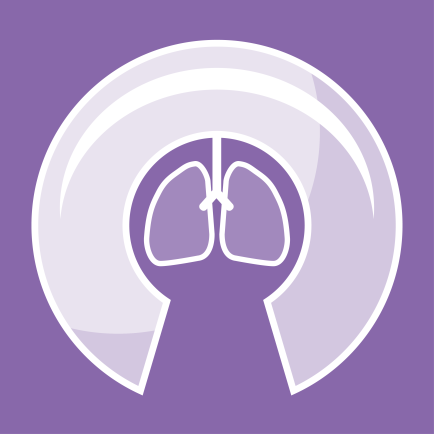International Open Source Imaging Consortium Launched to Advance IPF Diagnosis

An international group of experts and advocates in idiopathic pulmonary fibrosis (IPF) and other interstitial lung diseases (ILDs) have joined to create the Open Source Imaging Consortium (OSIC), a not-for-profit effort to advance the diagnosis of these illnesses with the help of digital imaging and machine learning.
According to the consortium, several partners from industry, academia, and philanthropy will work in pre-competitive areas for mutual benefit and, most importantly, the benefit of patients.
“OSIC was created on behalf of the countless patients around the world living with idiopathic pulmonary fibrosis and other largely-ignored lung diseases,” Elizabeth Estes, executive director of OSIC, said in a press release.
“By bringing together the world’s ‘best in class’ in an open source, collaborative effort, we can collectively speed diagnosis, aid prognosis, and ultimately allow doctors to treat patients more efficiently and effectively,” Estes added.
OSIC will bring together a global team of radiologists, clinicians, and computational scientists to jointly develop digital imaging biomarkers to make more accurate the diagnosis, prognosis, and prediction of patients’ response to therapy.
The consortium will put together an extensive repository of approximately 15,000 anonymous image scans and clinical data from patients, which will serve as input data for machine learning programs to develop algorithms.
The idea is to incorporate these algorithms into commercial analysis tools that will help doctors achieve earlier diagnosis, predict better disease course, and as a result, improve the management of IPF and other ILDs.
OSIC was founded by pharmaceutical company Boehringer Ingelheim, healthcare industry supplier Siemens Healthineers, biotechnology company CSL Behring, and 3D imaging company Fluidda.
The consortium is also headed by a core team of scientific experts, including David Barber, PhD, University College London (computational science lead); Simon Walsh, MD, National Heart and Lung Institute at Imperial College (radiology lead); and Kevin Brown, MD, National Jewish Health (pulmonology lead).
“The current methods for identifying ILDs can be challenging and, by incorporating machine learning technology into the process, there is great opportunity for improvement,” said Kay Tetzlaff, MD, of Boehringer Ingelheim.
Using digital biomarkers to predict patients’ outcomes and therapy responses, he said, is key to precision medicine and drug development. “OSIC’s open science model is the best approach to speed up progress and ultimately deliver benefits to radiologists, healthcare systems, pharmaceutical companies, medical technology vendors, academic institutions and, most importantly, patients,” Tetzlaff added.
Christian Wolfrum, head of new business development at Siemens Healthineers, noted: “Today, it frequently takes up to two years after symptoms first appear before a patient receives the correct diagnosis and starts the right therapy. By applying and expanding our expertise in digitalization and artificial intelligence, we can work together to significantly shorten this period.”
Added Jan De Backer, Fluidda’s CEO: “Medical images hold a lot of secrets that can now be uncovered using the newest technologies. Through initiatives like OSIC, we expect to significantly accelerate ILD drug development and improve patient care in the near term.”
Adapted from pulmonaryfibrosisnews.com